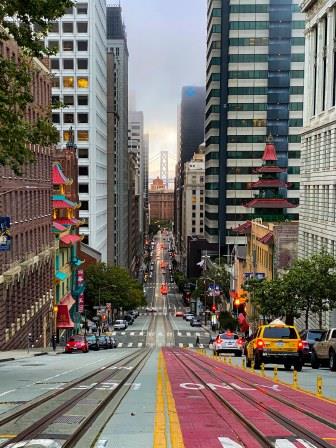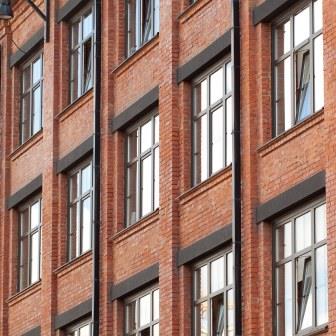

Printable PDF version
Subscribe to our newsletter
LEED 5 is Coming
Office-Residential Conversions
Soft Landings
Construction
Management Specialists
Los Altos, CA
(650) 386-1728
San Francisco, CA
(415) 981-9430
Orinda, CA
(415) 981-9430
Sacramento, CA
(415) 872-0996
San Diego, CA
(858) 886-7373
Los Angeles, CA
(424) 343-2652
Seattle, WA
(206) 571-0128
Phoenix, AZ
(408) 868-6326
Portland, OR
(415) 359-5207
Dublin, Ireland
+353 86-600-1352 (Europe office)
www.TBDconsultants.com
The fifth version of the rating system from the US Green Building Council will come into effect next year, and so we are taking a quick look at the main changes.
Office-Residential Conversions
The increase in work-from-home and hybrid-work, as a result of the pandemic, has led to a lot of vacant office space. Then the housing crisis, especially the need for affordable housing, has resulted in an increase in the homeless population. So, how about converting the empty office space to housing? While such office to residential conversions are taking place, there are numerous hurdles to get over.

Firstly, there is the question of zoning restrictions that might not permit housing developments in that location, but local authorities are addressing these issues. They have the incentive of revitalizing the area in order to bring in more taxes, and having the area populated 24-7 rather than just during working hours can be better for local businesses.
Then we get to the issue of the building itself. Office floor plates have been growing larger, with mostly open-plan and a few individual rooms. One of those rooms may be some form of kitchen, but most of the plumbing and all of the restrooms will normally be found near the central core(s) where the elevators and stairs are. Apartments and condos will be more divided up into rooms, with each unit needing its own bathrooms and kitchen, and ideally it will not require a hike down long corridors to get to an elevator or stair. The additional partitions mean that access to daylight from the existing façade will get cut off, so revisions to the floor plate and exterior of the building are likely to be needed to bring additional light in. In connection with that, modern office buildings are unlikely to have operable windows, which are a requirement for apartments. Unexpectedly, the special requirements for housing often mean that it is the older office buildings, with smaller and narrower floor plates and possibly operable windows, that are the best candidates for conversion. Then we need to consider that such major conversion work could easily trigger code upgrades, including items such as seismic retrofits.

Regarding other MEP issues, the electrical loads for offices and apartments are likely to be similar, although where the power is needed will change. A fully occupied apartment building will normally have fewer people per unit area than fully occupied office space, so the existing HVAC equipment will probably be more than ample, but there will be the need for individual control and metering for the units.
Of course, it is a common situation that parts of an office building are empty while tenants are still occupying other spaces, making a full conversion of the building problematic. Can the building owner find other office locations that work for the tenant, or maybe a partial conversion of the building would be a possibility. Then you have the problem of separate access and egress for residents and office workers.
Let's assume that the conversion is viable. We then come to the issue of whether the accommodation will be attractive to potential buyers. Are they going to have a view of a half-empty office building or a parking structure from their living room window? Would they be required to park their car on the top story of that parking structure? How far away is the nearest regular grocery store or school or open green space where a young family can enjoy a sunny day?

All these things add to the difficulty and cost of such a conversion, so it is unlikely that affordable housing will be the end result. However, cities are starting to offer tax breaks and other incentives to make these conversions financially viable. But they are more a solution to the question of how to utilize the unneeded office space than to the issue of the housing crisis. Modular housing construction will almost certainly relieve the housing problem to a greater extent than office space conversions will, but it all helps, and reusing a building is also kinder to the climate.
A soft landing is the ideal outcome after a recovery from a period of high inflation, and here we look at where we are as we make that final approach to touchdown.
Design consultant: Katie Levine of Vallance, Inc.